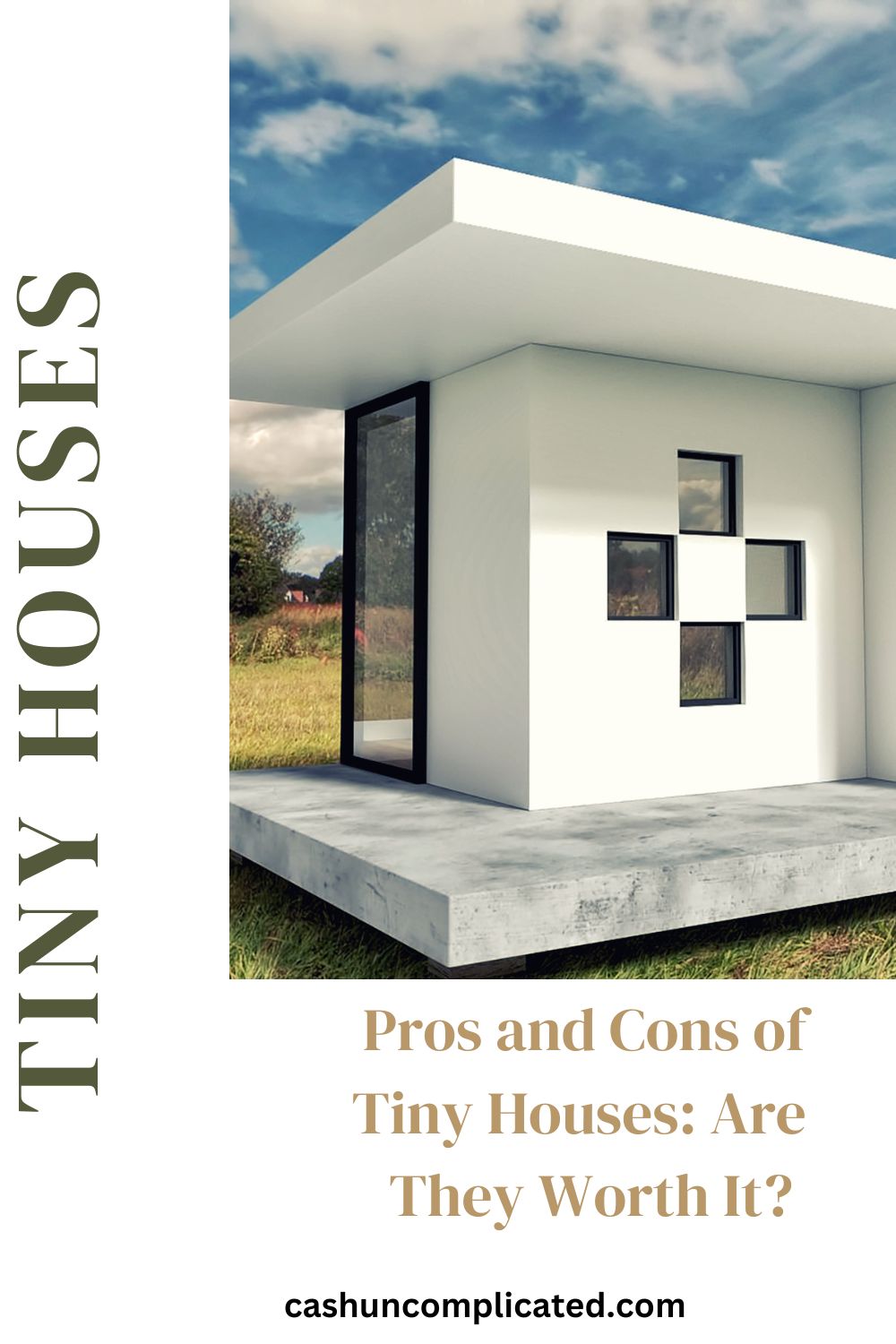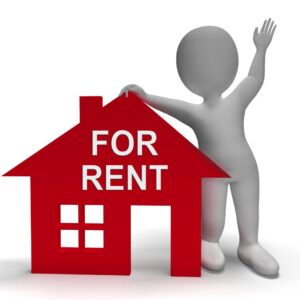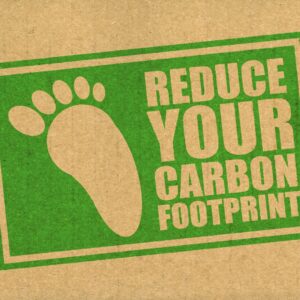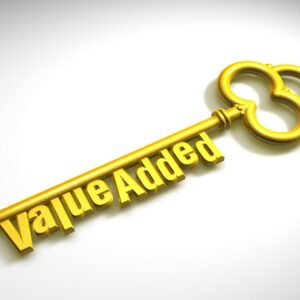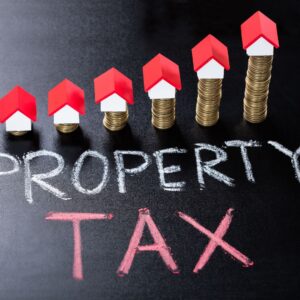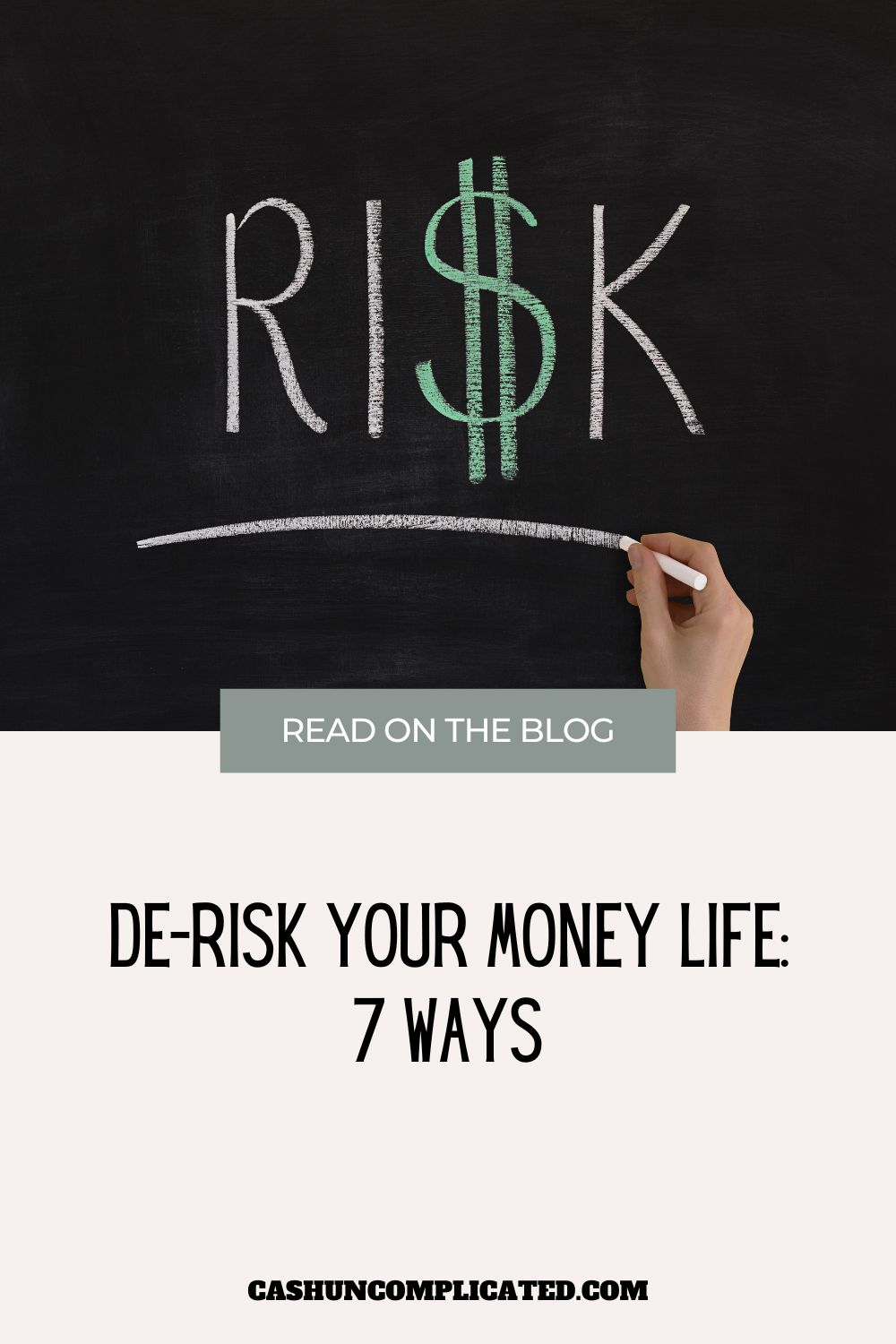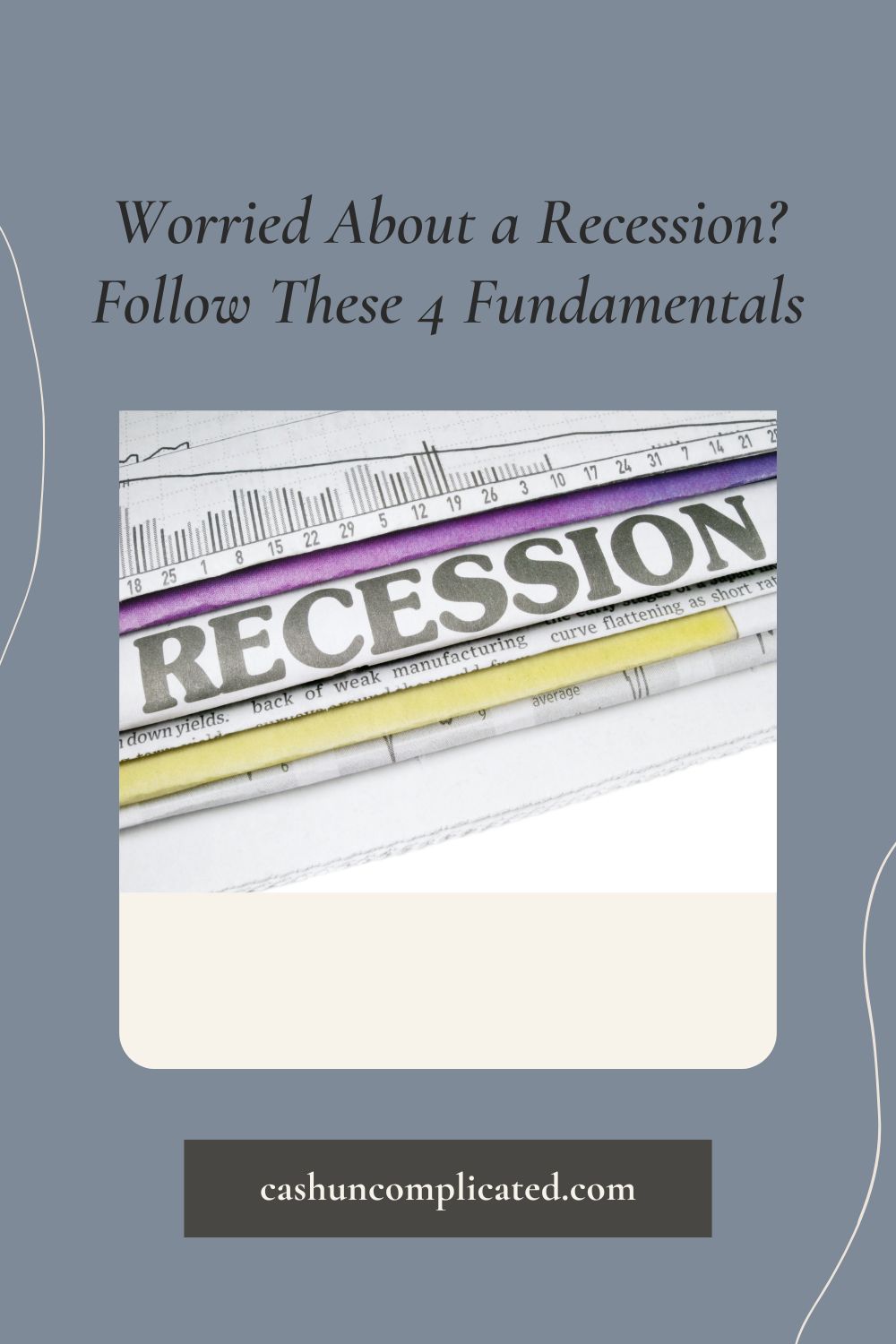Over the past few years, tiny homes have become a big thing. Pun intended. The pros and cons of tiny houses will be addressed in this post, plus we’ll even explore some alternatives.
Why Tiny Homes?
There are myriad reasons to buy/build a tiny home. The two at the very front are cost and space, both of which are at a premium-especially in more urban-like settings. Many people also enjoy the freedom of living a minimalist lifestyle, which a tiny home naturally makes easy due to a lack of space.
Can Tiny Homes Be Used?
In short, yes. Many people successfully and happily live in tiny homes. It’s provides function and lower cost than traditional builds.
For some people, tiny homes are transitory, meaning they’ll live in one for a year or two before moving back to traditional builds like condos, townhomes, and houses. For others, it’s a more permanent lifestyle than can go on for the foreseeable future.
Are They Really That Tiny?
Yes, tiny homes are really that tiny. Many of them average less than 300 square feet, with many under 200 and 100 square feet.
To give context, most one-bedroom apartments (outside of large cities like NY and San Francisco) are closer to 500 square feet and above. Most houses are larger than 1,000 square feet.
Pros of Tiny Homes
There are pros and cons of tiny houses, let’s start with the pros first. To keep things simple, I’ll just list my top 10 so that it doesn’t become overwhelming. Of course there are more than what I have.
Number 1: Cost
I listed cost first because it’s arguably the primary reason people choose to live in a tiny home. It’s typically less expensive to build than traditional housing, costs less to heat and cool, and less to maintain because it’s smaller.
There are also other reduced costs such as property taxes, insurance, overall maintenance, and required land.
Number 2: Use of Space
Tiny homes require much less space than traditional housing. For example, a tiny home can be plopped down in the backyard, side of a traditional house, or on a very small plot of land that couldn’t support a larger build.
If zoning allows it, there can also be multiple tiny homes on one lot, adding multiple units to one plot of land.
Number 3: Rental Potential
There’s a great rental potential for tiny homes because they are less expensive to build and maintain, and many of them can be added to one piece of property. For example, (if zoning allows it) one or more tiny homes can be put on a property of a yard with an existing traditional house on it.
Or multiple tiny homes can be put on one lot, again, if local zoning allows it. These are especially appealing in expensive areas of the country like the Bay Area and Southern California because one tiny home serving as an ADU in someone’s backyard will negate some of the high cost of living for the homeowner.
Number 4: Small Space
Number four on the list could probably go in either the pro or con list. Let’s put it in the pro category for now. A small space means less things you have to buy, fewer areas to clean, less parts of the house that need repair, etc.
Tiny homes are a small little space with not much upkeep. For those who want a simple lifestyle, they can be a really good fit.
Number 5: Energy Efficiency
The less space to heat and cool, the more energy efficient the house is going to be. It goes without saying that a 200 square foot tiny house that is well insulated will be more energy efficient than a 4,000 square foot house that’s also well insulated.
Pure and simple, it’s less space that needs to be heated and cooled.
This also means that for those electing to buy solar, they will need far less panels than a larger house. I’m not an expert in solar, but seems like a couple panels would do the trick versus a larger house that often needs 20 or more panels.
Number 6: Carbon Footprint
Due to their size alone, tiny homes are going to have a smaller carbon footprint than a larger house. Less supplies to build and much less time for contractors. Which means they won’t have to make as many trips to the jobsite because the tiny house takes so much less time to build.
Number 7: Minimalist Lifestyle
Tiny homes aren’t just about saving money. Many people who elect to live in tiny homes are very intentional in the sense that they want a minimalist lifestyle.
A small home means less stuff and the less opportunity to “add on” more stuff like so many people with large homes tend to do (think storing things in spare rooms, the attic, and garage).
A tiny home is in line with a minimalist lifestyle and makes it easy to maintain that lifestyle.
Related: How Value-Based Spending Can Change Your Life
Number 8: Simple
A tiny home is simple. There are no spare bedrooms, extra storage areas, or unknown parts of the house. What you see is what you get.
Again, many tiny home owners are very intentional with their simplicity. They don’t want a lot of moving parts, extra space, or additional bathrooms that can develop leaks.
Most tiny homes have a small kitchen, and living area with a bed, a bathroom, and maybe a small amount of storage–about as simple as it gets.
Number 9: Development Options
Moving away from someone who just wants a small and inexpensive space, there’s a lot of development options with tiny houses. I’ve heard of people adding 15-20 tiny homes on one large property and renting out all the units.
Or you’ve probably read recently about entire tiny homes communities with hundreds of units. There’s opportunity to go big or small here.
Number 10: Resale Value
Someone with a tiny home in their backyard who rents it out or lists it on Airbnb for a couple thousand per month will very likely have a higher resale value than their neighbor without a unit.
That’s extra income that can take a big chunk out of a mortgage, especially in expensive areas like Northern and Southern California.
Recommended Reading: The House Hacking Strategy
Cons of Tiny Houses
We started with the pros of tiny houses, now it’s on to the cons. Buying a tiny house on Amazon and slapping it somewhere in the backyard isn’t realistic. Tiny homes can be amazing, but there’s more to them like permitting, plumbing, sewer hookup, etc. These are some of the cons of tiny houses.
Number 1: Permitting
Just because a house is small (tiny in this case), doesn’t mean you necessarily avoid permitting. Most cities and counties require it–you don’t get to drop a tiny home in the backyard and call it a day.
Check with your local municipality about the permitting requirements. Make sure to ask about cost, timelines, inspections, and anything else that comes to mind.
Number 2: Plumbing and Electrical
Unless you want to live in the dark without water, you’re going to need plumbing and electrical. These two things alone can be quite expensive and often depend on other factors such as slope of the yard, proximity to other houses on the property, etc.
Make sure you have a basic idea of these costs before proceeding because you could be in for a big shock otherwise.
Number 3: Potentially Better Options
I looked into putting a tiny home in my backyard a few years back. After weighing the cost options against a traditional build, my wife and I decided to go with an attached ADU/granny unit. Turned out the traditional build was more cost efficient and we got a much better and bigger product.
Before building a tiny home look at other options such as:
- Finishing a garage
- Adding a kitchen and living space to an existing bedroom (houses with double master bedrooms on separate ends of the house work great for this)
- Adding on to a house
Explore all options and pick what offers the best quality, size you desire, and best price. Tiny homes will sometimes be the best option, but there are often better ones.
Number 4: Property Taxes
Be careful on this one because it’s often very unexpected. A large number of municipalities will re-assess your property taxes after making a significant improvement or addition. In most cases, tiny houses fit that description.
Check with your local city or county and ask if adding a tiny home will trigger a re-assessment of property taxes. Even if it does, that doesn’t mean not to add one, it just means be aware of the costs and do a cost analysis.
It might still end up being worth it, but this is information you want to know upfront.
Number 5: Unusual Tenants
Number five on the list is really for those who are living in a traditional house and want to build a tiny house in the backyard for rental income. Beware of unusual tenants.
Someone electing to live in 200 square foot house in your backyard might march to the beat of a different drummer. They of course could be perfectly normal, but make sure to vigorously screen any prospective tenants.
Number 6: Tiny Space
This is one that fits into both pros and cons of tiny houses. On one hand, tiny spaces are great for those who want very little space and storage. For those who want more space to entertain, have people over, or just have more space–they’re not so great.
You know your lifestyle and the wants for your house. If you’re someone who entertains a lot and likes to have people over for sporting events, this is going to be a big enough con to be a deal breaker.
Number 7: “Over It”
Ever done something in life where you’re just over it? For me, that was photography. I got over having to carry around a bunch of equipment and miss dinner to hit the “golden hour” or evening light that’s optimal for photography.
I might get back into it at some point, but for now I’m kind of over it.
Same goes for tiny houses. Maybe a tiny house was good for a year or two, but now you’re just over it. You want more space, another room, or a few extra closets to keep your clothes. When going to an extreme like living in a tiny home, it’s easy to be over it and want to move on.
Number 8: Hard for Multiple People to Live In
I see the appeal for one or two people living in a tiny home. Trying to squeeze multiple people in, especially kids, is pretty challenging. I’m sure people have done it, but I wouldn’t try and fit more than two people in a tiny home long-term.
Four or more people in a 200 to 250 square foot house is pretty rough and I wouldn’t try and do it for more than a few weeks (like at an Airbnb).
Number 9: Storage Space
It goes without saying that finding any storage space in a tiny home is going to be challenging. Honestly, there isn’t going to be much. If you’re someone who values even a moderate amount of storage, a tiny home isn’t going to work.
Side note: Think twice if your plan is to live in a tiny home and put a bunch of your things into storage. What are the costs to that and when will you be using those items in storage again? Would it be better just to live in a slightly larger place like a condo or townhome?
Number 10: Unexpected Costs
Although the unexpected costs to a tiny home will be less than a traditional dwelling, they still exist. For example:
- Plumbing, electrical, sewer
- Permits
- Storage costs
- Normal things that go wrong with homes like leaky faucet, toilet, etc.
Just because a home is tiny doesn’t mean it’s devoid of any maintenance or setup costs. They’re still there, make sure you have a good idea of what they are before making the decision.
Conclusion
There are pros and cons of tiny houses. And a lot of the pros and cons listed in this post depend on what stage of life you’re in. Less space isn’t going to be as significant for a single 22-year old as it for a family of four.
If considering a tiny home, make a list of the good and the bad and decide from there if it’s worth it. And remember, there are many uses to tiny homes like renting it out or increasing the value of your property, you don’t necessarily have to live in it for it to be beneficial.
What are your pros and cons of tiny houses? Would you ever consider living in a tiny home or investing in one?

